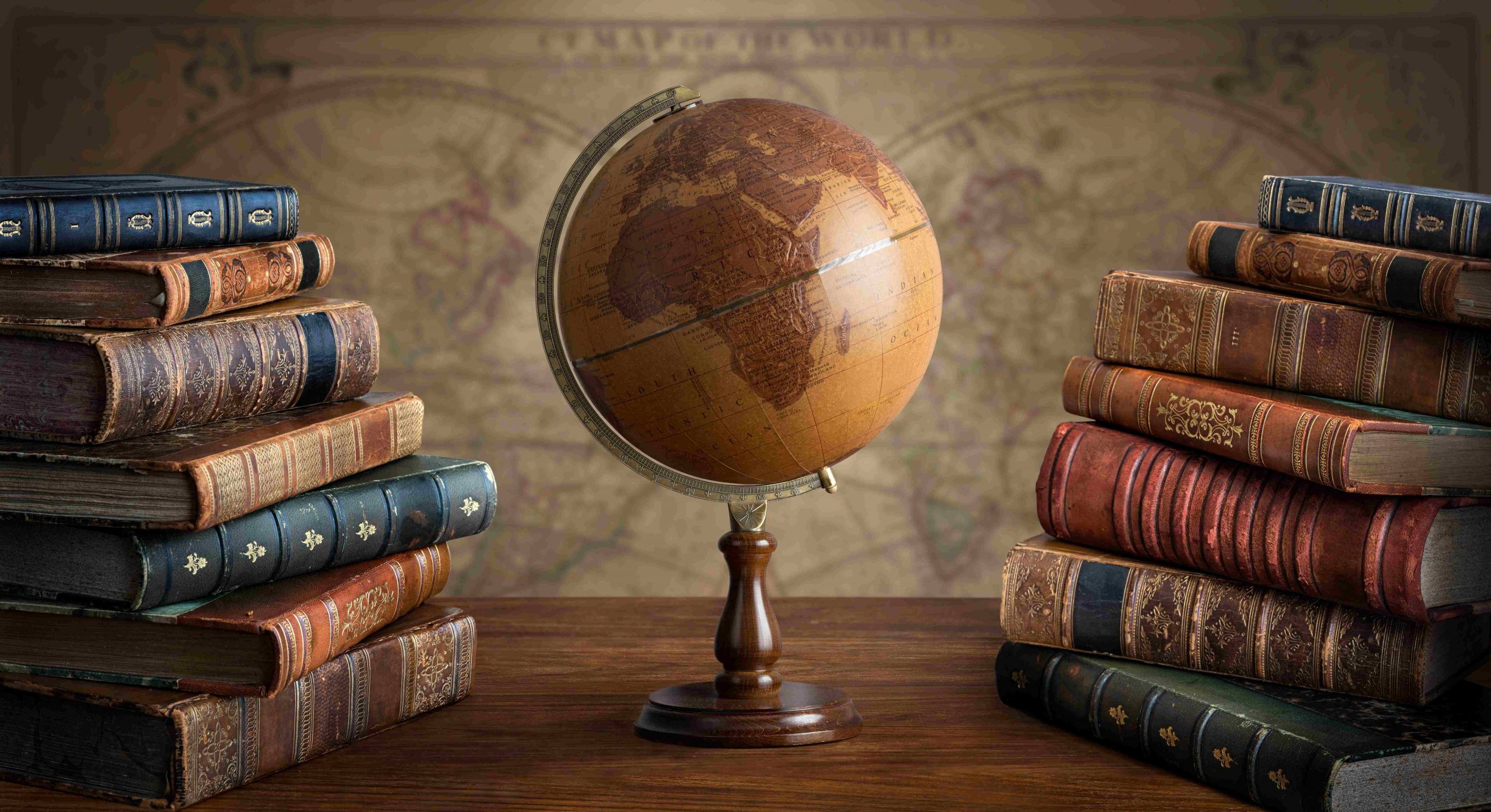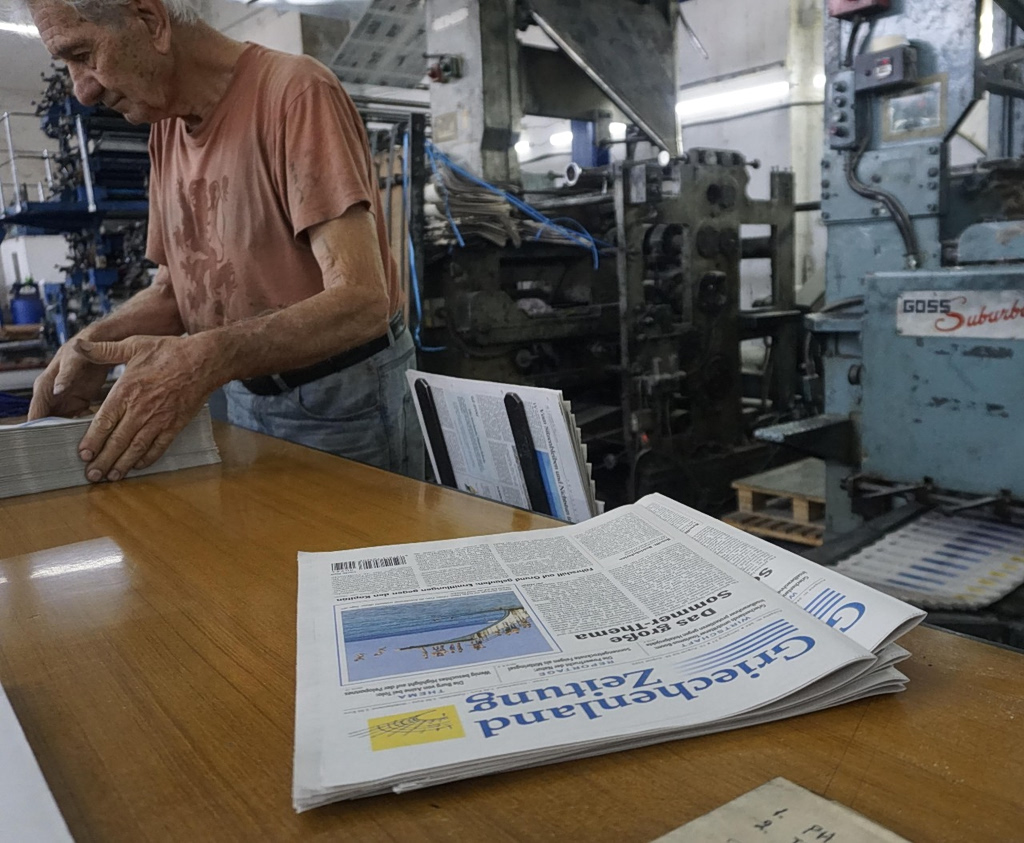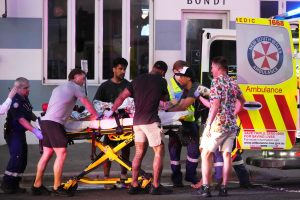A closer look at key historic events that took place on August 30:
In 2021, U.S. Troops Leave Afghanistan
The final U.S. troops left Afghanistan, ending nearly two decades of military presence in the country. The withdrawal marked the conclusion of America’s longest war and led to the swift takeover of Afghanistan by the Taliban.
In 1993, The Late Show with David Letterman Debuts
The Late Show with David Letterman premiered on CBS, marking a new era in late-night television. David Letterman’s witty and innovative approach to talk shows would influence the genre for decades.
In 1983, Guion S. Bluford, Jr. is Sent to Space
Bluford, Jr. became the first African-American astronaut to travel into space aboard the Challenger mission. His historic achievement broke barriers and inspired many in the field of space exploration.
In 1967, the First African-American Justice is Appointed to the U.S. Supreme Court
Thurgood Marshall’s appointment was a milestone in the Civil Rights Movement and greatly influenced the future of U.S. jurisprudence.
In 1963, a Telephone Hotline is Established Between Washington DC and Moscow
A direct communication line, commonly known as the “Hotline,” was established between the U.S. and the Soviet Union to reduce the risk of accidental nuclear war. It became a critical tool in Cold War diplomacy.
In 1918, an Unsuccessful Assassination Attempt is Carried Out Against Vladimir Lenin
Vladimir Lenin was shot twice by Fanny Kaplan, a Socialist Revolutionary on August 30. Although wounded, Lenin recovered, and the event led to severe crackdowns on political opposition in Soviet Russia.
In 1862, the Confederates Win the Second Battle of Bull Run
Confederate forces, led by General Robert E. Lee, secured a decisive victory over Union troops at the Second Battle of Bull Run. The victory boosted Confederate morale and led to further Confederate advances into the North.
In 1813, the Fort Mims Massacre Takes Place
During the Creek War, Red Stick Creek warriors attacked Fort Mims in present-day Alabama, killing over 500 settlers and soldiers. The massacre intensified the conflict between Native Americans and U.S. forces and in retaliation a militia led by General Andrew Jackson later destroyed two Indian villages.



